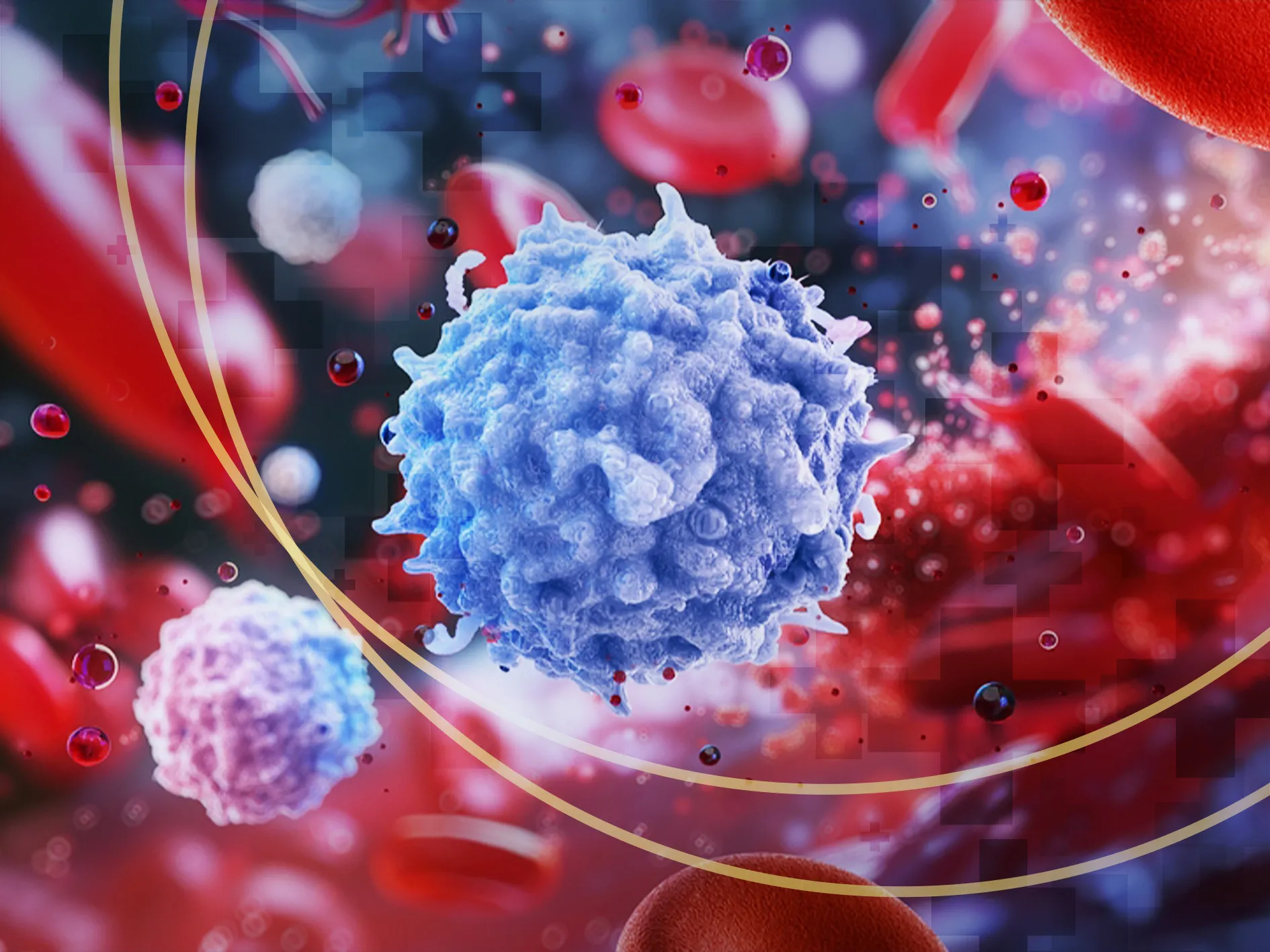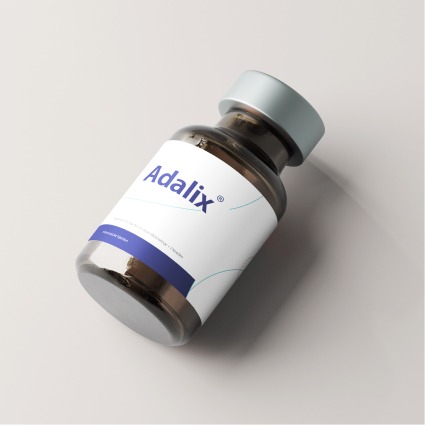The prohibitive cost and complexity of ex vivo gene therapies, such as CAR-T cell production, have long been significant barriers to their widespread use. However, as of June 2025, the field is on the brink of a paradigm shift. The groundbreaking advancements in the engineering of lentiviral vectors (LVs) are paving the way for direct in vivo gene delivery, promising to make these life-saving treatments more affordable, accessible, and potent. By precisely modifying the surface of these vectors, scientists can now target specific cell types within the body, opening the door to generating therapeutic cells, such as CAR-T cells, directly within the patient.
Lentiviral vectors have long been a cornerstone of gene therapy. Their ability to integrate into the genome of both dividing and non-dividing cells and carry large genetic payloads of up to 10 kilobases has made them invaluable tools. The most prominent success story of LVs has been in the ex vivo production of Chimeric Antigen Receptor (CAR)-T cells. This process involves isolating a patient’s T cells, genetically modifying them in a lab using LVs to express a CAR that recognizes cancer cells, expanding these engineered cells, and then infusing them back into the patient. While clinically successful for certain cancers, the intricate and expensive manufacturing process, coupled with the need for harsh immune-conditioning regimens for the patient, has limited its application.
The long-held ambition has been to bypass this complex ex vivo process and deliver the therapeutic gene directly to the target cells in vivo. This approach would not only drastically reduce costs but also potentially lead to more robust and persistent therapeutic effects by modifying cells within their natural physiological environment. The primary hurdle to achieving this has been the challenge of engineering LVs to selectively transduce only the desired cell type, thereby avoiding off-target effects and ensuring safety. The potential of the new technology to overcome these immune challenges is a reassuring step forward in the field of gene therapy.
Reshaping the Viral Envelope: The Key to Specificity
The key to unlocking cell-specific delivery lies in the viral envelope, the outer shell of the LV that determines which cells it can infect. The most commonly used envelope protein, the vesicular stomatitis virus glycoprotein (VSV-G), while highly efficient at transducing a broad range of cells, is not suitable for targeted in vivo applications due to its lack of specificity. Recent breakthroughs have focused on replacing or modifying this envelope to create “pseudotyped” LVs with bespoke targeting capabilities.
As of early 2025, researchers have made significant strides in this area. One promising strategy involves the use of heterologous viral envelopes from other viruses that naturally target specific cell types. For instance, envelopes from the measles virus, when engineered to display specific antibodies or antibody fragments (scFvs), can be redirected to infect particular immune cells.
A notable advancement, detailed in a bioRxiv preprint from April 2025, describes the use of chimeric envelope glycoproteins from the dolphin morbillivirus (DMV). These engineered DMV-pseudotyped LVs have been shown to selectively infect human T cells while evading pre-existing immunity to the measles virus, a significant concern for a large portion of the population. This work highlights the potential of exploring the vast diversity of viral envelopes in nature to find optimal candidates for therapeutic vector development.
The Rise of In Vivo CAR-T Cell Generation
The most exciting application of this targeted LV technology is the in vivo generation of CAR-T cells. Instead of the laborious ex vivo process, a specially designed LV would be administered to the patient, where it would seek out and deliver the CAR gene directly to the T cells.
A landmark study, published in late 2024 and updated with data through 2025, showcased the “VivoVec” platform. This innovative LV system is pseudotyped with a modified version of the cocal virus envelope protein and displays an anti-CD3 antibody fragment on its surface. This design allows the vector to specifically bind to and activate T cells, facilitating the efficient delivery of the CAR transgene. In non-human primate models, administration of these LVs led to the robust and sustained production of functional anti-CD20 CAR-T cells, which effectively depleted B-cells – a key target in many B-cell malignancies. These compelling preclinical results are now paving the way for human clinical trials.
Further refining this approach, another research group reported in March 2025 the discovery of novel G-proteins through large-scale bioinformatic screening that could serve as alternatives to VSV-G. One of these candidates demonstrated superior efficiency and specificity for T-cell transduction in preclinical models, resulting in complete tumor clearance. This underscores a shift towards more rational, data-driven design of viral vectors.
Overcoming the Immune Hurdle
A critical challenge for in vivo gene therapy is the host’s immune system, which is primed to recognize and eliminate foreign invaders, such as viral vectors. The latest generation of engineered LVs incorporates strategies to evade this immune surveillance. The use of less immunogenic viral proteins, such as those from the DMV, and the incorporation of ‘stealth’ technologies to shield the vector from immune recognition are active areas of research. However, it’s essential to note that these strategies are not foolproof, and there’s always a risk of an immune response. By minimizing the immune response, these vectors can persist longer in the circulation, increasing the likelihood of reaching their target cells and achieving a durable therapeutic effect.
The Road Ahead: Towards Affordable and Accessible Cures
The progress in pseudotyping lentiviral vectors for cell-specific in vivo gene delivery represents a pivotal moment in the field of medicine. The ability to generate therapeutic cells directly within the body holds the promise of transforming complex and expensive treatments into more straightforward, ‘off-the-shelf’ therapies. However, this also raises important ethical questions about the potential misuse of this technology and the need for equitable access to these treatments. While challenges remain in scaling up the manufacturing of these sophisticated vectors and ensuring their long-term safety and efficacy in humans, the momentum in the field is undeniable.
As of June 2025, the scientific community eagerly awaits the results of the first-in-human clinical trials of in vivo CAR-T cell generation. Success in these trials would not only validate this innovative approach but also herald a new era of gene therapy – one where life-saving treatments are no longer a privilege for the few but a readily available option for all who need them. The intricate dance between virology, immunology, and genetic engineering is finally yielding a symphony of hope for patients worldwide.
For more information about Opal Bio Pharma and their innovative solutions in the pharmaceutical industry, visit our homepage.

